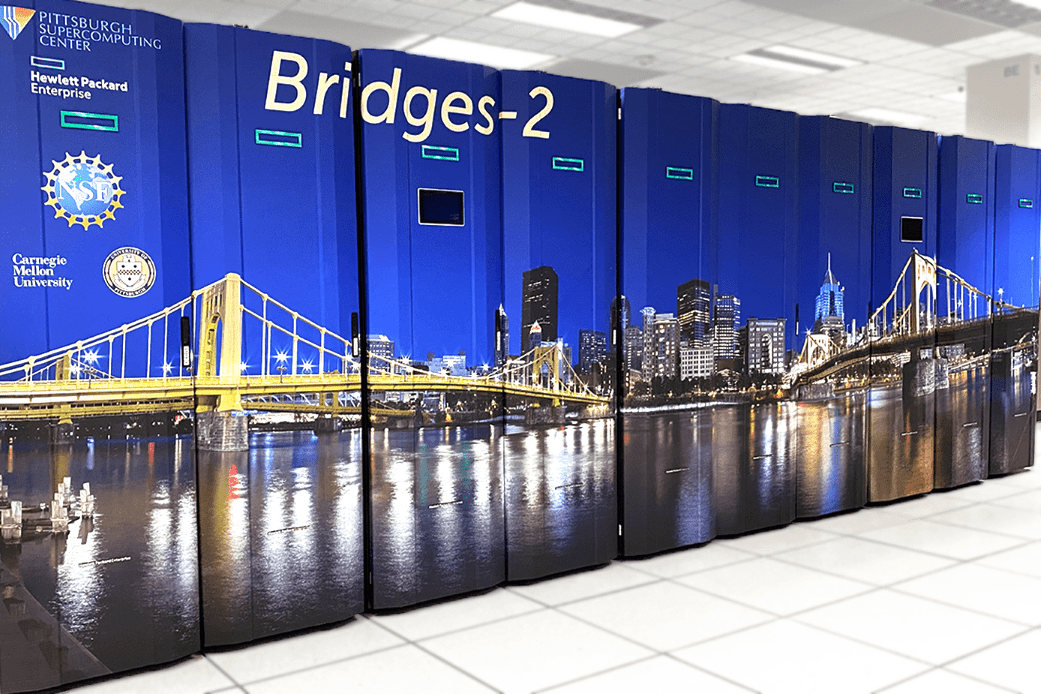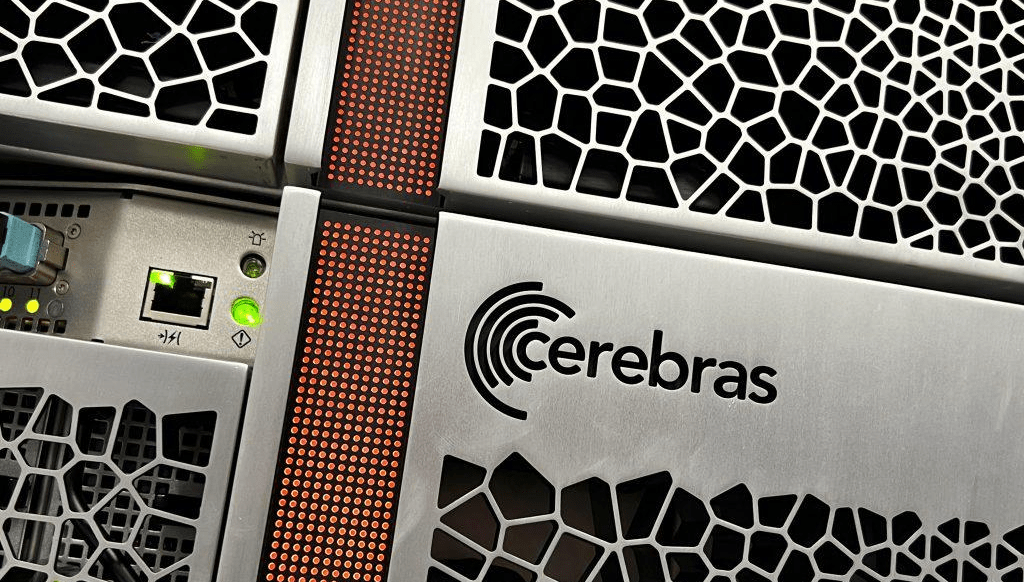Allocation and Affiliation Information
PSC welcomes resource requests for allocations of supercomputing time from qualified scientists, engineers, and science educators, and strongly encourages women, minorities, and persons with disabilities to participate fully in its research and research-related programs.
The policies documented here are evaluated regularly to assure adequate and responsible administration of PSC systems for users. As such, they are subject to change at any time.
Non-proprietary research
Funding from the NSF and the NIH enables PSC to provide allocations of free supercomputing time to researchers and educators affiliated with academic and non-profit research institutions in the United States. Projects must be non-proprietary and awardees are wholly responsible for conducting their research project activities and preparing results for publication.
To apply, you must be a researcher or educator at a US academic or non-profit research institution. A principal investigator (PI) may not be a high school, undergraduate, or graduate student; a qualified advisor must serve in this capacity. Postdocs are eligible to serve as PI.
Coursework grants
A primary mission of the Pittsburgh Supercomputing Center is to train students, including undergraduates, in high performance computing. To this end, you can apply for a coursework allocation on Bridges-2, which is a grant of free supercomputing time to supplement other teaching tools.
Coursework allocations are granted through the NSF ACCESS program. The Explore or Discover project types are most suitable for coursework allocations. See the ACCESS allocations page for details and how to apply.
Proprietary research
Users conducting proprietary research who are interested in using PSC systems can do so by requesting affiliation through the center’s Corporate Affiliates Program.
PSC resources



Bridges-2
Bridges-2 supports traditional and non-traditional research communities and applications. It was designed around the core concepts of converged HPC + AI + Data; a custom topology optimized for data-centric HPC, AI, and HPDA; heterogeneous node types for different aspects of workflows, including both CPUs and AI-targeted GPUS; 3 tiers of per-node RAM: 256GB, 512GB, and 4TB; an extremely flexible software environment; and community data collections and Big Data as a Service.
How can I use Bridges-2?
Researchers or educators affiliated with academic or non-profit research institutions in the United States may apply to use Bridges-2 through the NSF’s ACCESS program or via the National Artificial Intelligence Research Resource (NAIRR) pilot program.
Coursework grants are also available for Bridges-2. Apply through the NSF ACCESS program.
For specifics on how to apply for a grant of time, visit the ACCESS Allocations page or the NAIRR pilot allocations page. You can also find more information on NAIRR in our NAIRR FAQ.
Anton
Anton is a special purpose supercomputer for biomolecular simulation designed and constructed by D. E. Shaw Research, made available without cost by DESRES for non-commercial research use by US universities and other not-for-profit institutions. Anton systems were designed to dramatically increase the speed of molecular dynamics (MD) simulations. The MD research community uses Anton at PSC to investigate significant biological phenomena that due in part to their intrinsically long timescales have been outside the reach of even the most powerful general-purpose supercomputers.
PSC is currently hosting a second-generation Anton system, Anton 2, which will remain operational until November 30, 2024.
We eagerly anticipate that the third-generation Anton system, Anton 3, will become operational at PSC in early spring 2025. The third-generation Anton is the first and only resource available to the community capable of simulating multiple millions of atoms at speeds of microseconds per day, thus achieving biologically relevant timescales in a timely manner.
How can I use Anton ?
See the Anton documentation for details on how to apply.
Neocortex
How can I use Neocortex?
Researchers or educators affiliated with academic or non-profit research institutions in the United States may apply to use Neocortex through the NSF’s ACCESS program or via the National Artificial Intelligence Research Resource (NAIRR) pilot progam.
For specifics on how to apply for a grant of time, visit the ACCESS Allocations page or the NAIRR pilot allocations page. You can also find more information on NAIRR in our NAIRR FAQ.
Affiliated resources
The Brain Image Library (BIL) is a public resource allowing researchers to deposit, analyze, mine, share, and interact with large brain image datasets. See the BIL website for information on how to access BIL data and the BIL Analysis Ecosystem, and how to submit data to BIL.
HuBMAP and SenNet provide publicly accessible atlases of healthy and senescent human cells, respectively. See the HuBMAP website or the SenNet website for information on using these resources.
Questions?
If you have any questions about PSC resources or how to access them, send us an email at help@psc.edu.
